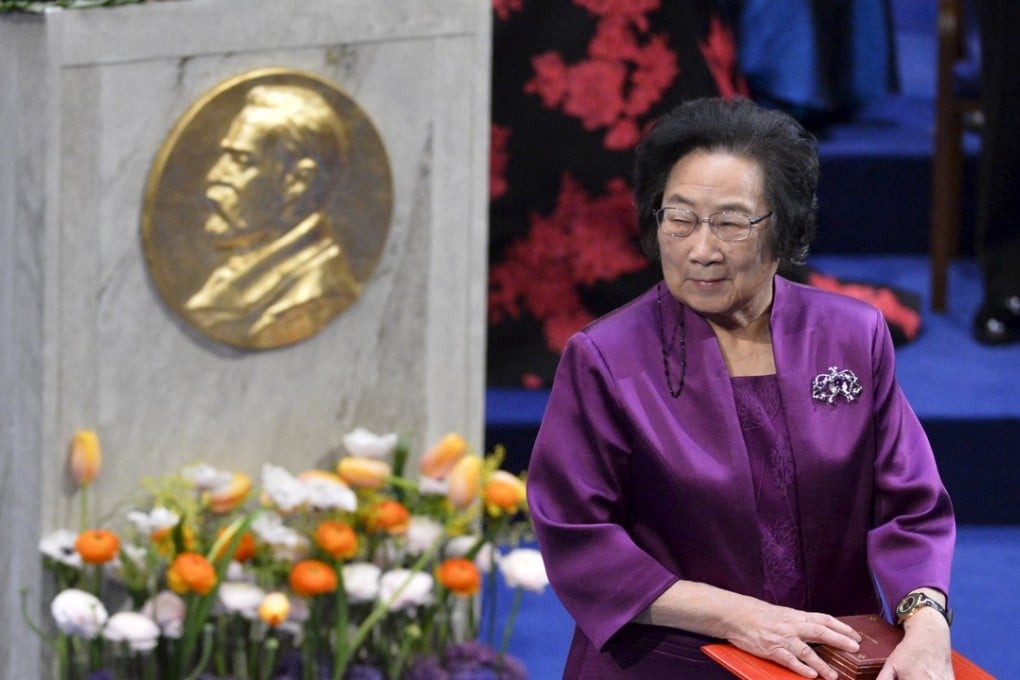Exclusive | Why China is going all out to invent new, stronger, cheaper drugs … it’s not all about challenging the West
China’s big ambitions to become a powerhouse of pharmaceutical innovation is as much about the well-being of its people as it is about narrowing the gap with the West

China, home of Tu Youyou, winner of the 2015 Nobel Prize for medicine, is not known for its prowess in drug innovation.
This is despite it being the world’s second largest pharmaceutical market and owner of the second highest number of biotechnology and pharmaceutical intellectual property rights.
Since Tu and her team made their groundbreaking discovery of an anti-malaria medicine in 1972, only a few domestically developed inventive new drugs have won government approval to be marketed.
In the first 10 months of last year, out of 35 new drugs that received Chinese regulatory approval, just one was developed by a domestic firm, according to a report by business consultancy McKinsey. Three of the 11 drugs given the marketing green light in 2015 and 2016 were developed by local firms.
In the United States – the world’s biggest and most advanced pharmaceutical market – of the 46 new drugs given consent for marketing by regulators last year, 28 were developed by US firms and the realisation of all but four of the rest were led by European firms. None were Chinese.
“Drug innovation is still nascent in China but, following sweeping regulatory reform, it has been moving rapidly in that direction in the past couple of years,” said Marietta Wu, managing director of private equity firm Quan Capital and a co-founder of Shanghai-based drugs developer Zai Lab, which listed on the US’ Nasdaq market last year.
“Compared to the US, the innovation gap is still significant.”
BANKING ON INNOVATION
Beijing is determined to change that.
Its “Made in China 2025” strategy unveiled in 2015 laid out specific five and 10-year targets for domestic firms on drugs innovation, export market development and import substitution.
